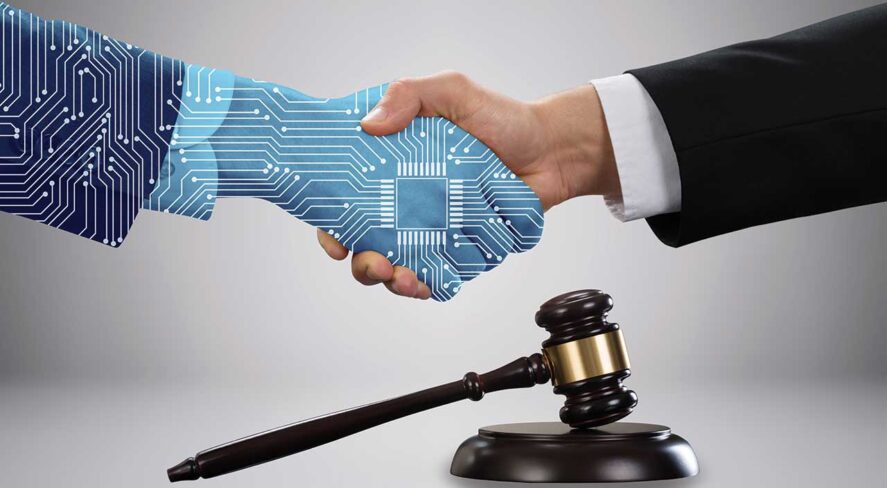Securing the Future of Security

Trust in the authenticity of video footage is now at stake

Information wields immense power. The data we rely on each day shapes opinions, influences decisions, and can affect events on a global scale. This makes safeguarding the integrity of digital content essential. The rise of advanced deepfakes and artificial intelligence (AI)-crafted forgeries presents a growing danger, one that can diminish the trust that serves as the very foundation of modern society.
Security, once defined by physical measures like surveillance cameras and access control systems, has transformed into something far more intricate. Technology has propelled the industry forward, pushing organizations to integrate AI, machine learning and sophisticated data analytics into their defenses. But as these systems grow smarter and more capable, they also generate vast streams of digital content – each piece a potential asset or liability. If left unprotected, this data becomes susceptible to manipulation. In this new landscape, protecting digital evidence is as much of a necessity as the technology capturing it.
While many security providers race to embed AI into their products, fewer invest in defenses against AI-driven threats. This imbalance reveals a significant vulnerability. Advanced digital security now demands a dual approach that harnesses AI’s power while protecting against its potential misuse.
Safeguarding Data and Securing Authenticity
The security industry now faces two challenges:
- Capturing and analyzing data to enhance security operations
- Ensuring that the digital evidence generated remains authentic, verifiable and immutable
Without both, the risk of tampered evidence can undermine security operations, legal processes, public trust and organizational integrity.
As the Europol Innovation Lab warns, “With the rise of deepfakes, it will become increasingly important to scrutinize such content and verify if it is real.”
The stakes for an industry focused on protecting people, data, infrastructure and assets could not be higher. Traditional forensic tools are falling behind sophisticated AI-driven forgery techniques. This gap highlights the urgent need for innovation to ensure the integrity of surveillance footage and other forms of digital evidence.
Integrating proactive digital media security measures will have transformative implications.
- Law Enforcement: Authenticating video surveillance upholds investigations’ integrity and evidence validity
- Critical Infrastructure: Protecting digital content mitigates liability risk and ensures regulatory compliance
- Private Security: Verifiable evidence enhances service credibility and operational effectiveness
From Reactive Detection to Proactive Protection
The security industry must shift from its traditional reactive stance to a more proactive one to stay ahead. This means embedding protective measures directly into video surveillance and monitoring systems at the point of capture. By securing content as it is created, organizations can maintain the digital DNA of their footage and establish an unbreakable chain of custody.
Blockchain technology offers a strong solution. Its decentralized ledger system creates an immutable record of authenticity for digital content, ensuring that every piece of footage carries a verifiable, tamper-proof digital signature. Paired with cryptographic fingerprinting, it provides a multilayered defense that can verify each frame’s integrity in real time and safeguard against malicious AI interference.
The security sector must also create industrywide standards and legal frameworks prioritizing digital content authenticity. Collaboration between regulatory bodies, industry leaders and technology innovators will be essential in laying the foundation for future-proof security practices.
Securing Digital Content in Real Time
While post-event forensic analysis remains valuable, it is no longer sufficient to counter advanced digital forgeries. The future of security lies in real-time verification – proactively securing digital content the moment it is captured. In this way, the industry can safeguard the credibility of its systems and the evidence they produce.
As security systems become more interconnected and data-driven, the need for authenticated digital content will only intensify. Blockchain-based verification will soon become the gold standard for securing surveillance footage and related security media.
Emerging technologies – AI-powered real-time verification systems, quantum-resistant cryptography, and advanced digital fingerprinting – are already pushing the boundaries of what is possible. Combined, these innovations will drive a future in which digital content authenticity is guaranteed.
